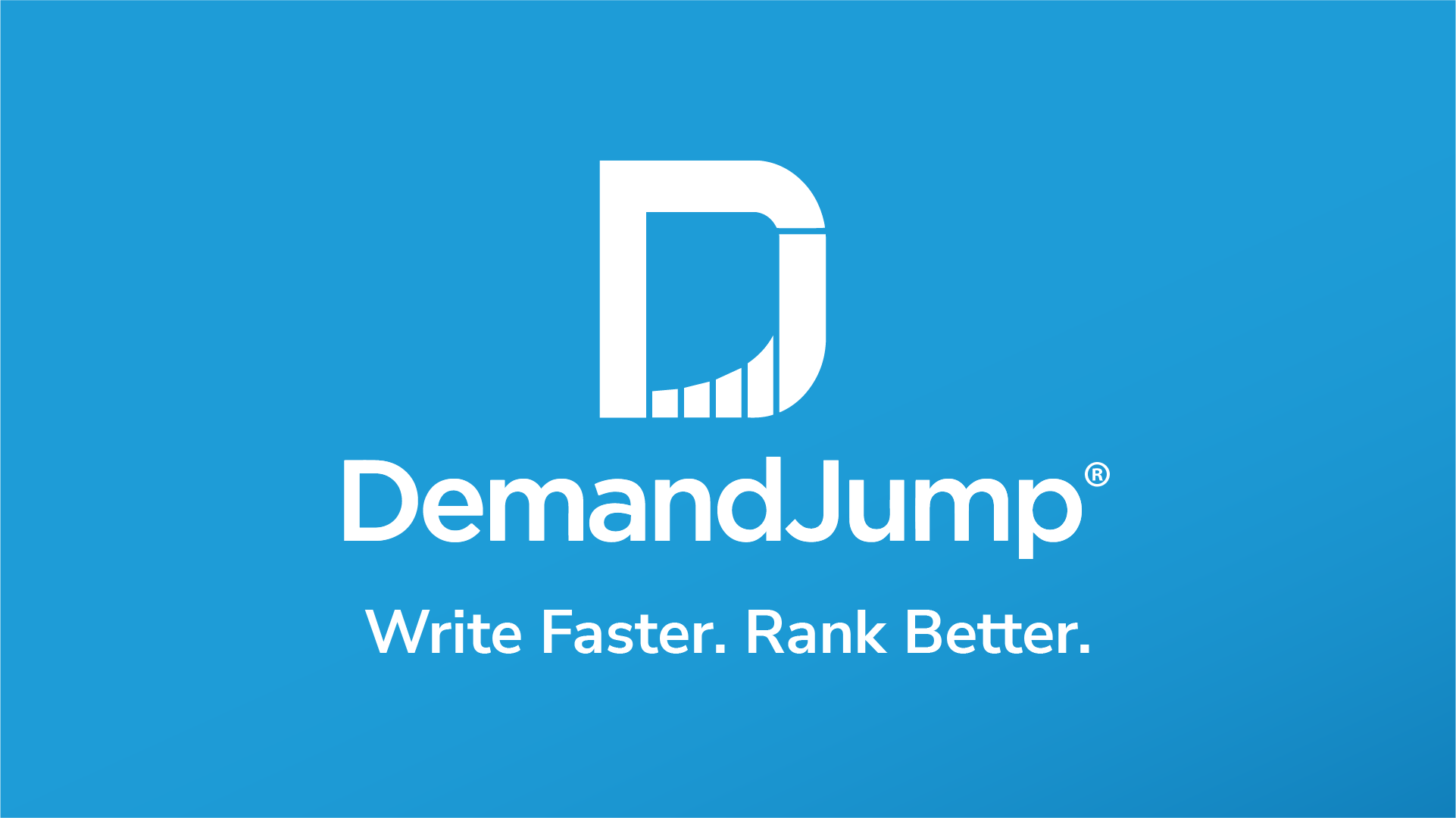See Insights in Action
By embracing DemandJump's approach to SEO, we have been able to increase our organic rankings within just 2 weeks of implementing recommendations. This helped us see a 22% increase in organic search month-over-month.
Robert Jacko Vice President Digital Marketing @ Homage
DemandJump has become a crucial extension of our marketing team, providing game changing insights to fuel and propel all aspects of our digital marketing efforts. The DemandJump platform is a must have, we are seriously impressed.
Tim Lavinder Director of Ecommerce @ Hotsox
We used to spend hours looking for insights in dozens of tools and reports. Now we log into one place to find out what customers are doing and how to meet them where it matters most.
Zach Roop Digital Marketing Manager @ Dometic
We use DemandJump recommendations as our digital to-do list. We love going in and seeing the recommendations and knowing what to do next.
JoLynda Wilson Marketing Director @ IWC
Trusted by Brands Around the World
Consumer Insights
Find out what your target audience cares about for any category, product, or topic, with the click of a button.
Know What to Write About
Eliminate the guesswork and align your content strategy to actual user behavior.
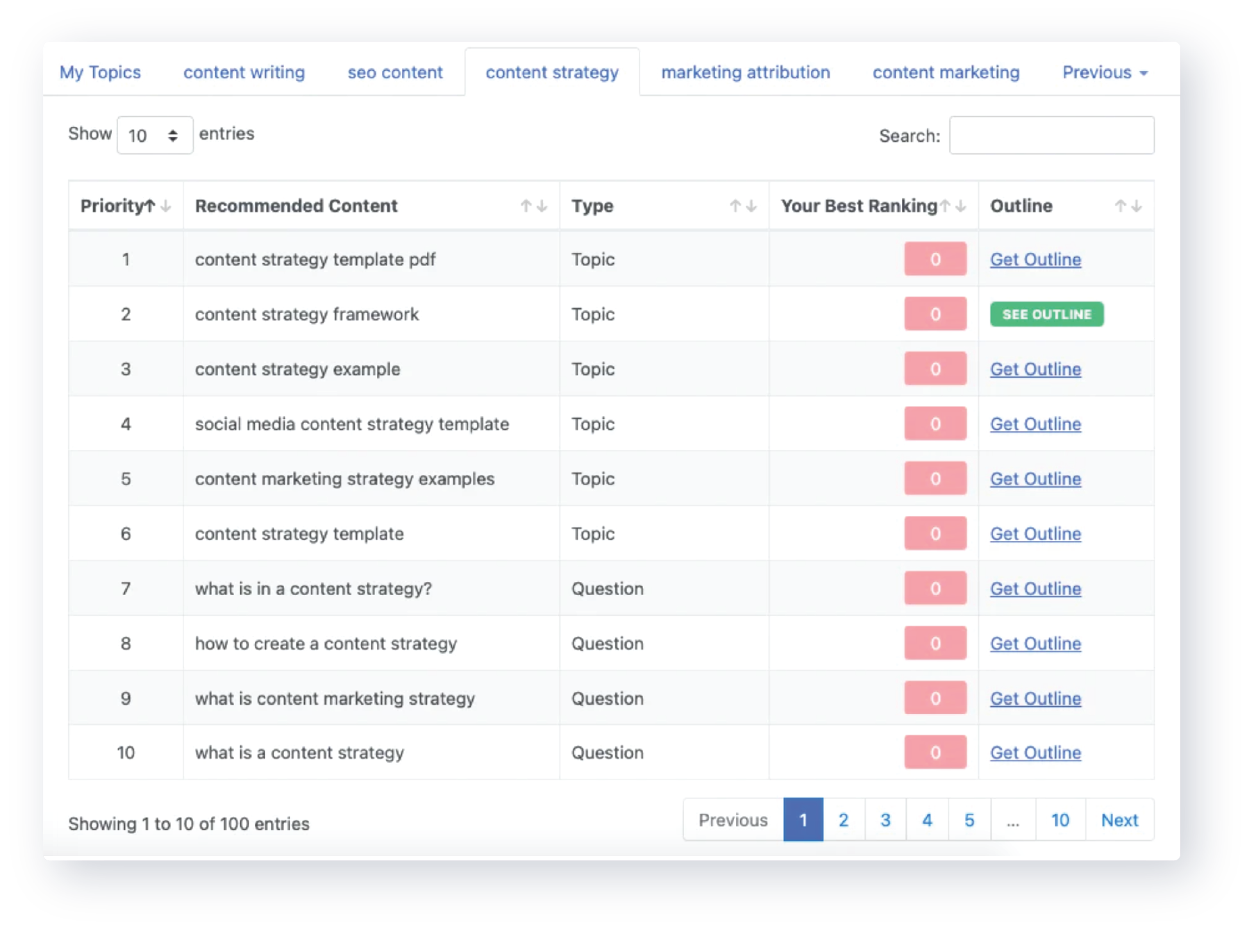
Know Which Keywords Matter
Get a prioritized list of the exact keywords that matter for your audience.
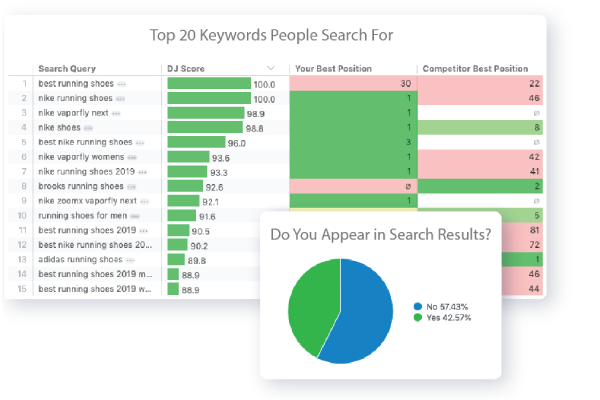
Automatic Customer Journey Map
Automated customer journey mapping tells you the keywords, questions, websites and videos your audience consumes for each stage of the buying process.
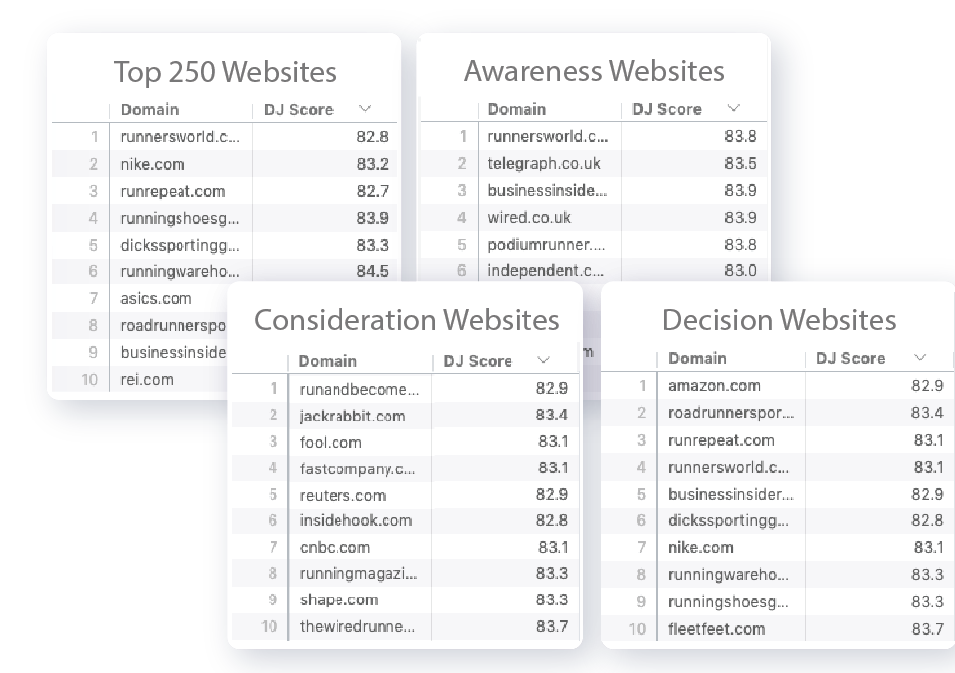
Get Free Consumer Insights Now
When it comes to making money, every business needs to advertise. You can't make any old advertisement, though; you need to create content that speaks directly to the audience members you're trying to attract. How do you do that? You research their behaviors, expectations, and buying patterns. This is where consumer insights and analytics come into play. Although the analysis of consumers' behavior can be complicated, the idea is really quite simple: consumer insights enable you to identify and examine trends in human behavior, which ultimately gives you leverage to bolster sales through appropriate advertising, packaging, and other customer-facing elements. Consumer analytics, a closely related cousin to consumer insights, utilizes data so you can make key business decisions based on market segmentation and predictive analysis. Together, these two processes provide invaluable information that relates to the minds of consumers. Armed with this knowledge, you can give your company a distinct advantage over your competitors.
What Does "Data Analytics" Really Mean?
Data analytics refers to making sense of raw data in order to draw meaningful insights from the information provided. It is commonly used by businesses to guide strategic decision making regarding products to launch, marketing strategies to create, and to solve internal business inefficiencies. As data science evolves to include more complex mathematics and greater computation abilities, businesses are more frequently turning to machine-learning algorithms to make sense of bigger and bigger data sets.

Marketers who know how to dig into the data and really get to know their customers can utilize their consumer analysis and findings to create campaigns that resonate with very specific target demographics. One creative insight example is Activia's 2017 "It Starts Inside" rebranding campaign. Thanks to the consumer insights the yogurt giant gained after conducting a study of women in the United States between 25 and 55, the company revealed that 80% of this demographic find that they're their own worst critics. This sparked the "It Starts Inside" campaign—an effort that was designed to spark conversations and encourage women to rise above their inner critics.
The consumer insight research ignited a campaign that relied on the emotional response of audience members as they viewed real-life, candid interviews with women who shared their own unique struggles to overcome self-doubt. Activia's use of the data it collected enabled the company to shift from being seen as a mere product to a brand that helps women feel good about themselves.
What's the Difference Between Analytics and Insight?
In short, analytics are the mathematical data points related to what consumers do and how a business is performing. Insights are what humans glean from this mathematical data. Once you have the numbers and science behind behaviors, you can form insights into the analytics and change your actions or responses accordingly. Data and analytics can be collected in many ways, including:
- Interviewing your own customers
- Interviewing your competitors' customers
- Observations
- Online tools
We'll discuss the process of collecting and analyzing data momentarily.
What are the Four Types of Analytics?
You might think data is just data. In some respects, you'd be correct, but when it comes to analyzing consumer behavior, there are actually four different types of data you might consider.
- Descriptive Analytics: Describes or summarizes the existing data using business intelligence tools to better understand what is going on or what has happened.
- Diagnostic Analytics: Focuses on past performance to determine what happened and why. This information is often presented on an analytic dashboard.
- Predictive Analytics: Emphasizes predicting the possible outcome using statistical models and algorithmic techniques.
- Prescriptive Analytics: Uses data to recommend one or more courses of action on analyzing the data.
Key Insights
As mentioned above, key consumer insights can be gleaned from various types of marketing analytics. The process begins by collecting data. From there, it must be analyzed and compiled into usable information through analytic and insight tools.
So, How is Data Collected, Anyway?
Thanks to the power of technology, many consumer insight tools can be found online or through various software programs. Bear in mind that data can be either qualitative (descriptive or experiential data) or quantitative (easily measured data that comes in the form of numbers, quantities, and values), so it can be derived through various means. It all begins with the collection process. Of course, before you collect any information, you must first decide what kind of data you're trying to collect. Once you know the goal you're hoping to achieve with your data collection campaign, you can then decide what topics you want to cover. This should help you identify which types of marketing analytics techniques will be best for your unique task.
The following are some common ways data is collected with the goal of gaining consumer insights:
1. Surveys
Surveys offer a way for you to directly ask your existing or potential customers questions. They can collect either qualitative or quantitative data and can be presented to consumers in many ways, including on your website or social media pages, via email, over the phone, or in person.
2. Online Tracking
Your company's website and mobile app are spectacular places from which to derive data. You can see how people found your site or app, how long they were there, what times of day your brand is most popular, and what kind of journeys people take after they arrive onto your pages.
3. Transactional Data Tracking
Transactional data records just that—transactions. It enables you to see how much of a product or service you're selling (whether online or at a brick-and-mortar location) and which items are staying in inventory too long. Knowing which items are most popular—and the times at which they become popular—enables you to stock up on high-demand items at relevant times while keeping low-selling inventory to a minimum.
4. Online Marketing Analytics
Online marketing analytics are imperative consumer insight tools in today's technologically driven world. Anywhere you run your marketing campaigns—whether they're PPC ads on social sites, email blasts, or landing pages—you need to know how your campaign is performing, and you can only do that if you start with a baseline and measurable metrics. Once you have these in place, you can gain tons of information from your online efforts.
5. Social Media Monitoring
Do you know who's following you and what your individual followers have in common? Understanding the characteristics that make your followers similar will help you hone in on messaging that makes the most sense to your audience. Most social media sites offer their own variations of analytics, but you can always choose to up the analytics ante with a third-party tool. Regular monitoring is essential, though; you don't want to just check in every now and then to see how your social media's going.
6. Collecting Subscription and Registration Data
You can offer your customers something in exchange for their personal information. Many times, the offer to download a white paper or join a rewards program is enough incentive to entice people to give brands they enjoy their information.
7. In-Store Traffic Monitoring
In-store traffic monitoring is really an essential element for brick-and-mortar stores. It allows you to know when your busiest times of day are so you can staff appropriately. It'll also give you an idea about what's drawing customers into your store at different times of day and various days of the week. Besides that, you can track customers' movements within your store, which will enable you to set up displays in optimal areas and establish security systems in places where you might have vulnerabilities.
Each of these data collection methods gives you the opportunity to optimize your consumer insight strategy. That is to say, you'll gain the information you need to draw conclusions and optimize your processes in ways that increase your overall efficiency.
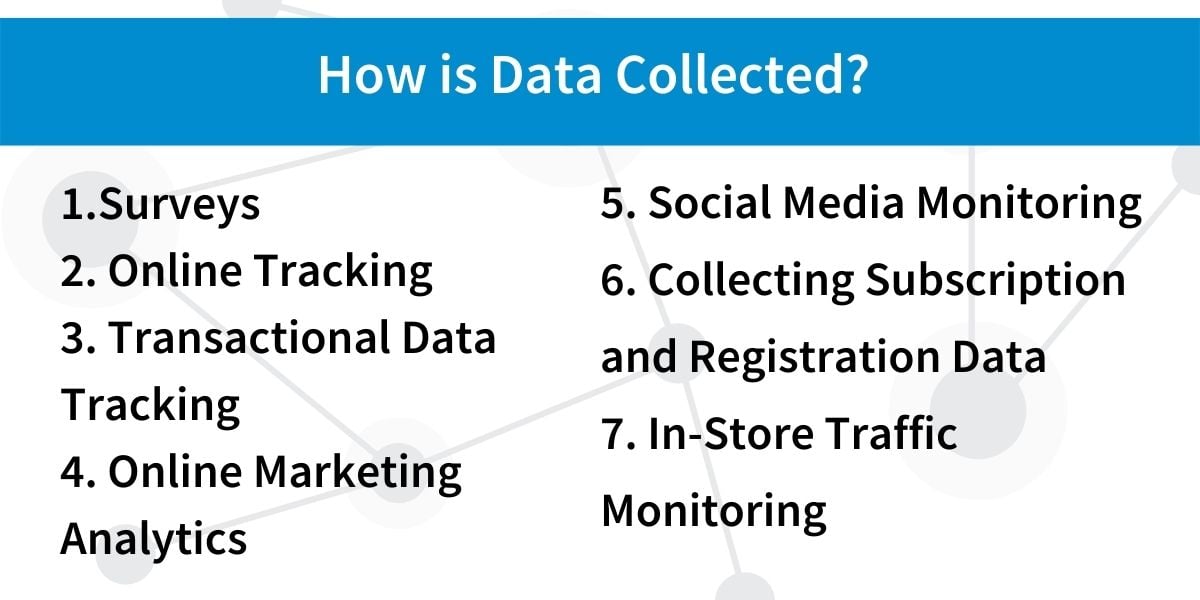
What Are Analytics Tools?
Marketing analytics tools are applications that enable you to retrieve data from your campaigns and compile it into data warehouses where it can be stored, retrieved, and reviewed at any time. They can range from regular Excel worksheets to super robust cloud-based platforms. Of course, most people know about Google Analytics, which is a great tool, particularly if you're trying to optimize your site for the search engines (SEO), but many people don't realize there's an entire world of analytics tools available outside of the most notable name. The goal is to enable everyday professionals who are not data scientists to examine and articulate vital information regarding their brands and the people who patronize them. With these tools, you can easily review the data that's been collected and strategize your campaigns accordingly.

Implementation
Now that you've compiled the data and stored it in a safe spot, what are you supposed to do with this information? Well, for starters, consumers' expectations are high these days. They expect to receive marketing messages that are specifically tailored to their preferences and needs. If you're not paying attention to what they're doing or what they want, it's like you're throwing a dart with your eyes closed; sure, you might hit that bullseye, but the chances are pretty slim that you'll come anywhere near your target. When you have your eyes open, however, you can ready your stance and aim your arrow right where you want it to land.
This is exactly how marketing analytics work.
According to SuperOffice.com, 86% of consumers are willing to pay more for great customer experiences. This is where your data comes into play. If customers like you, they're going to do business with you. How do you get them to like you? You talk to them in a language that meets their needs. And how do you do that? You implement the findings from your data to incorporate messaging that makes the most sense.
In marketing, insight is the discovery of relevant and actionable opportunities, which were previously unrealized, that you can use to engage with your audience. The discovery process is the result of deep, subjective data analysis. The more data you have, the better you'll be able to understand your customers. And, in doing so, the more on-point your messaging will be. Remember, though, that you're not only trying to pay attention to your customers; you're also paying attention to your competitors. With all of the data you've gleaned during your process, you should also be able to complete a competitor analysis. That is to say, you should be able to create both offensive and defensive strategies against your competitors by identifying opportunities and threats that exist internally within and externally of your organization.
Knowing what others are doing—both good and bad—will enable you to adjust your own approaches to your audience accordingly.
Insights Resources
Consumer InsightsConsumer Behavior
Consumer Behavior for Marketers
Consumer Insights and Analytics
Customer Insight Research Techniques
Customer Journey Map
Pillar Page Content
SEO Content Strategy
Types of Consumer Insights
Other Resources
Channel Optimization
Consumer Behavior
Consumer Insights
Consumer Insights and Analytics
Competitor Analysis Tools
Content Marketing
Content Strategy
Cross-Channel Analytics
Customer Insight Research Techniques
Customer Journey Map
Market Intelligence
Marketing Analytics Techniques
Market Research
Marketing Attribution
Opportunities of Internet Marketing
Types of Consumer Insights




